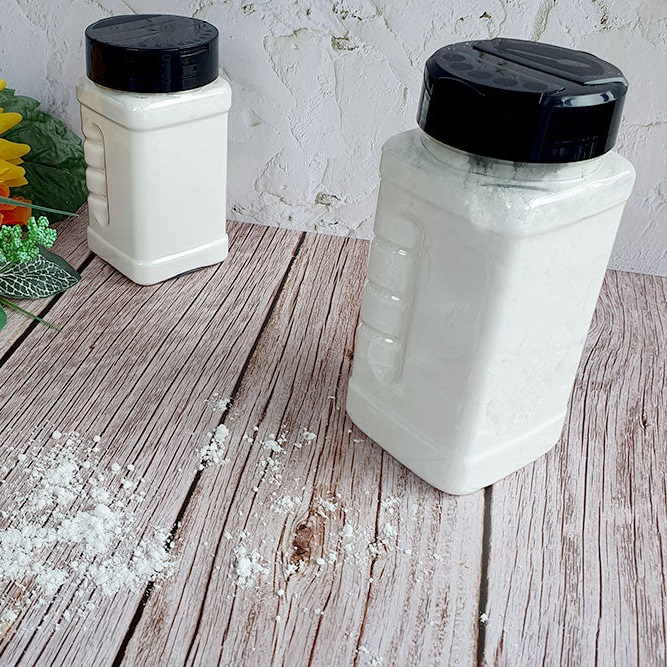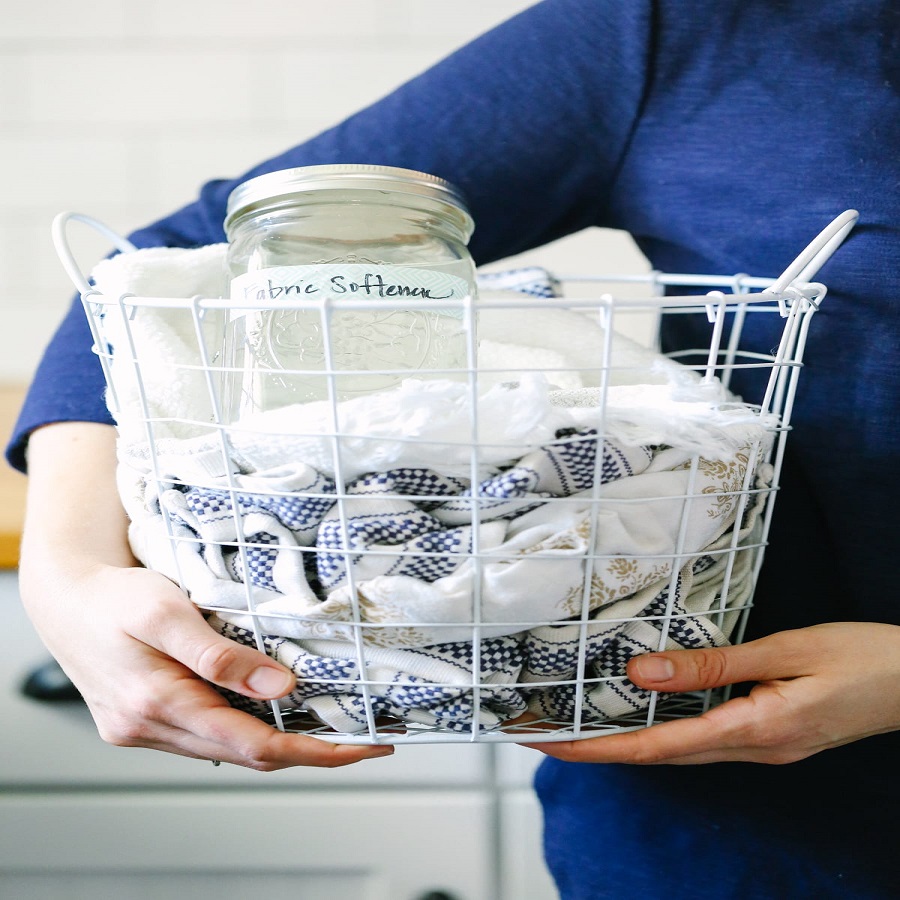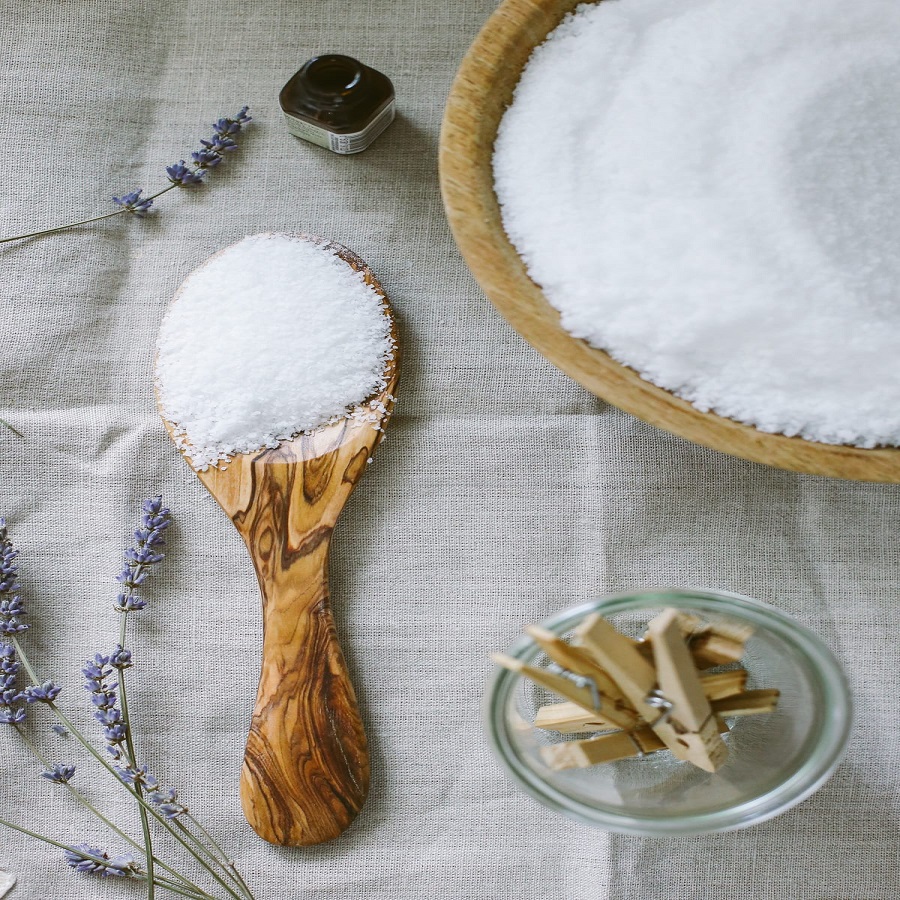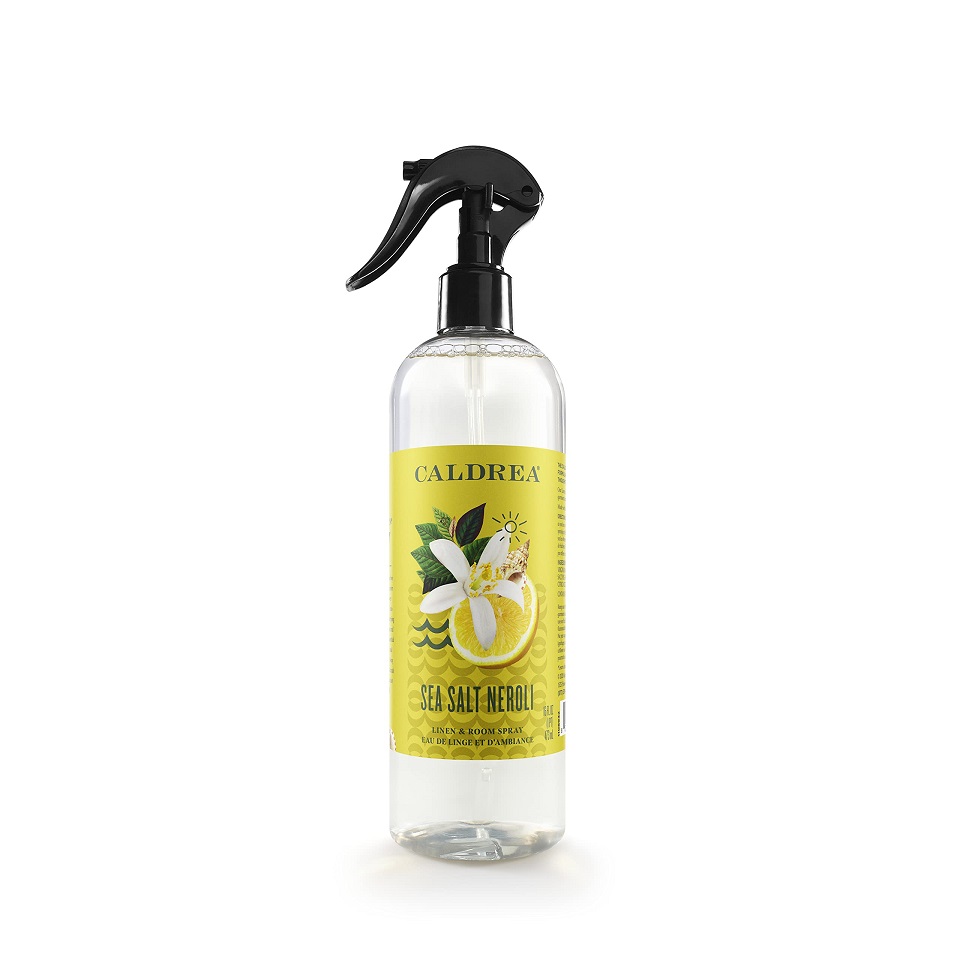Introduction to DIY Air Fresheners
The trend of creating DIY air fresheners is on the rise. These simple, homemade concoctions offer a pleasing scent without the hefty price tag or harsh chemicals found in store-bought options. For those interested in crafting a pleasant home environment with personalized fragrances, preparing a homemade air freshener with fabric softener and salt can be a fun and rewarding project.
Not only does this DIY approach allow for customizing scents to fit personal preferences, but it also provides a sense of accomplishment. It’s a creative endeavor that benefits the nose and the wallet! This blog post will guide you through the benefits and steps of making your own air freshener using commonly found household items.
Benefits of Using Fabric Softener and Salt
When you create a homemade air freshener with fabric softener and salt, you embrace several benefits. These benefits not only enhance the atmosphere of your home but also promote a healthier living space. Let’s delve into the reasons why this DIY combination is worth considering.

Eco-friendly and Cost-effective
Fabric softener and salt are everyday items that you likely have on hand. This makes them readily available and cost-effective. Unlike many commercial air fresheners that use aerosols and other pollutants, this homemade alternative is eco-friendly, reducing your carbon footprint.
Control Over Ingredients
One of the top advantages is control. You decide what goes into your air freshener. This means no unexpected chemicals or allergens. It’s an excellent choice for homes with kids, pets, or those with sensitivities to strong perfumes.
Gentle on Surfaces
The mixture of fabric softener and salt is gentle. It won’t leave marks or stains on furniture as some spray air fresheners might. This benefit preserves the look and lifespan of your household fabrics and surfaces.
Long-lasting Freshness
By combining fabric softener with salt, you create a long-lasting air freshener. Salt is a natural preservative and helps to prolong the fresh scent throughout your home.
Humidity Control
Salt has hygroscopic properties, meaning it can absorb moisture from the air. This trait makes your DIY air freshener double as a humidity regulator, which can be particularly beneficial in damp areas.
Pleasant Aesthetics
Aside from the practical benefits, this mixture can be visually appealing. You can customize containers and colors, adding a special touch to your decor while enjoying the fresh scents.
By opting for a homemade air freshener with fabric softener and salt, you gain these advantages and create a cozy, welcoming environment in your living space.
Essential Supplies for Homemade Air Freshener
To kickstart your journey into making a homemade air freshener with fabric softener and salt, you need a few basic supplies. These items are usually found in any household or can be easily procured from your local grocery or craft store. Let’s go over what you’ll require:
- Fabric Softener: Choose a fabric softener with a scent you love. This will be the base fragrance of your air freshener.
- Table Salt: A simple kitchen salt will do the trick, as it helps to bind the scent and release it slowly over time.
- Water: Distilled water is preferable, as it is free from impurities that might affect the air freshener’s quality.
- Baking Bowl: You need a mixing bowl to combine the ingredients.
- Spoon or Whisk: To stir the mixture and ensure it’s well blended.
- Spray Bottle: A clean, empty spray bottle for storing and dispersing your DIY air freshener evenly around your home.
- Measuring Cups: For precise measurement of the fabric softener and water, measuring cups are essential.
- Funnel: A funnel will help to pour the liquid into the spray bottle without spills.
Gather these supplies, and you are all set to create an effective homemade air freshener that’s cost-effective and eco-friendly. Next, we will guide you through the process of combining these supplies for ideal results.
Step-by-Step Guide to Making Your Air Freshener
Now, let’s dive into the simple steps to make your own homemade air freshener with fabric softener and salt. Follow this guide and you’ll soon have a delightful scent wafting through your home.
- Measure Your Ingredients: Start by measuring half a cup of your chosen fabric softener. Then, measure one cup of distilled water and one tablespoon of table salt.
- Mix Water and Salt: In your baking bowl, combine the salt with the distilled water. Stir with your spoon or whisk until the salt dissolves completely. This step ensures your air freshener will have an even consistency.
- Add Fabric Softener: Pour the fabric softener into the saltwater mixture. Stir the concoction gently to blend all the ingredients without creating too many bubbles.
- Bottle Your Freshener: Using a funnel, transfer your mixture carefully into the spray bottle. This step helps to avoid spills and waste.
- Shake Well: Before using your homemade air freshener with fabric softener and salt, shake the bottle well. This ensures the mixture is thoroughly combined each time.
- Test Spray: On an inconspicuous area, test your freshener to ensure it does not leave marks or stains.
- Use with Care: Spray your DIY air freshener around the house as needed. Keep it away from direct sunlight and heat to maintain its scent and potency.
In these seven easy steps, you’ve created an eco-friendly, cost-effective air freshener. Enjoy the homemade freshness that brightens your space and lifts your spirits. Remember, homemade doesn’t mean less effective; it’s a simple yet efficient way to add a personalized touch to your home’s ambiance.
Customizing Scents for Personal Preferences
One of the joys of making a homemade air freshener with fabric softener and salt is the ability to tailor scents to your liking. Here’s how you can customize the fragrance to match your personal preferences:
- Choose Your Fabric Softener: The scent of your air freshener is largely determined by the fabric softener you choose. Pick one that you enjoy and that fits the mood you want to create.
- Mix Essential Oils: If you desire a more complex or potent scent, consider adding a few drops of essential oils to your mixture. A little goes a long way, so start with just a couple of drops.
- Experiment with Combinations: Try combining different fabric softeners or essential oils to create a unique fragrance. For instance, mixing a floral fabric softener with a citrus essential oil can give a fresh, invigorating scent.
- Adjust Intensity: Control the strength of your air freshener. Use more fabric softener for a stronger smell, or add more water to dilute it.
- Seasonal Scents: Align your air freshener with the seasons. Use cozy, warm scents for the winter and lighter, refreshing ones for the summer.
By customizing your homemade air freshener, you can craft a scent that’s just right for you and your home. These simple adjustments ensure you get a personalized product that fits your scent preferences and mood needs.
Safety Tips When Working with Homemade Air Fresheners
While creating a homemade air freshener with fabric softener and salt is mostly safe, precautions are necessary. Here are some safety tips to consider:
- Ventilation: Work in a well-ventilated area. Open windows to avoid inhaling fumes.
- Protective Gear: Wear gloves when mixing ingredients. This protects your skin from irritation.
- Label Clearly: Mark your DIY air freshener bottle. This prevents accidental ingestion or misuse.
- Storage: Keep your air freshener away from children and pets. Store it in a cool, dark place.
- Disposal: Dispose of any unused mixture responsibly. Don’t pour it down the sink to avoid pipe damage.
- Test Patch: Always do a test patch on fabrics. This ensures they don’t stain or discolor.
- Allergic Reactions: Stop use if you notice any allergic reactions. Some scents may cause sensitivities.
By following these simple guidelines, you can safely enjoy your homemade air freshener with fabric softener and salt.
Comparing Homemade vs. Store-Bought Air Fresheners
When deciding between homemade and store-bought air fresheners, several factors are to be considered. Here is a direct comparison to guide you.
Cost-Effectiveness
Homemade air fresheners with fabric softener and salt are more budget-friendly. Store-bought options can add up in cost over time.
Control Over Ingredients
With a homemade version, you know exactly what’s inside. Commercial air fresheners may contain unknown chemicals.
Environmental Impact
DIY options are kinder to the environment. Many store-bought air fresheners release pollutants into the air.
Scent Customization
Homemade fresheners offer the chance to create unique scents. Store-bought scents are limited to what’s available on shelves.
Longevity
Both homemade and commercial air fresheners can last a long time. However, the salt in DIY fresheners can extend the scent’s release.
Accessibility
Making a homemade air freshener requires time and a few supplies. Store-bought fresheners offer convenience at the cost of flexibility.
By weighing these points, you can make an informed decision that suits your preferences, budget, and lifestyle.
Maintenance and Longevity of Your DIY Air Freshener
To get the most out of your homemade air freshener with fabric softener and salt, proper maintenance is key. This will not only amplify the fresh scent in your living spaces but also ensure that your mixture stays effective over time. Here we provide simple yet essential tips to maintain the longevity of your DIY air freshener.
- Regular Shaking: Before each use, shake the spray bottle well. This helps mix the fabric softener and salt solution evenly.
- Cool Storage: Store your air freshener in a cool, dark place. Heat and light can degrade the fragrance over time.
- Periodic Refilling: Top up your air freshener periodically. This ensures the scent remains strong and effective.
- Avoid Metal Containers: Use plastic spray bottles instead of metal, which can react with the fabric softener.
- Clean Spray Nozzle: Occasionally rinse the spray nozzle to prevent clogging and ensure a fine mist.
In conclusion, with mindful use and proper storage, your homemade air freshener can provide lasting freshness. Not only is it more eco-friendly and cost-effective than many store-bought options, it’s a safe and customizable way to enrich your home’s ambiance. By following these maintenance tips, you’ll extend the life of your air freshener, saving money and enjoying a healthier living environment in the process. Remember, a well-maintained DIY air freshener can offer enduring fragrance and satisfaction.


